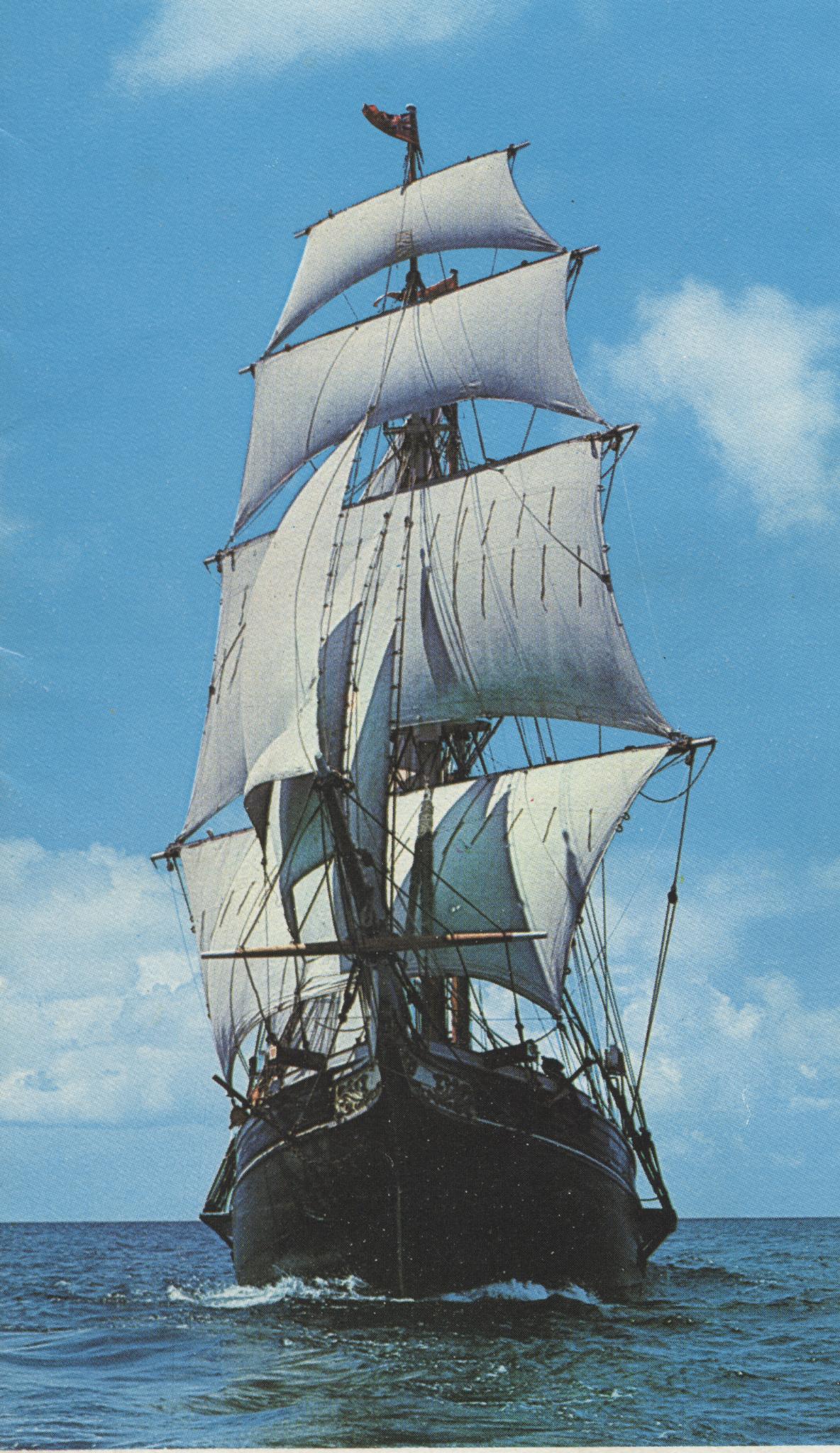The writers in the memoir classes I lead keep me amused, alert and alive. One of them phoned this week bemoaning our assignment. “I’ve been thinking and thinking about it all week,” she said. “I can’t come up with anything to write about. I want to keep doing everything! We both laughed. “You are my role model,” I told her. I meant it.
The assignment this past week? Never Again. “If you’ve ever gone to a new place or tried a new experience and decided later that you’d never do that again, tell your readers about that,” I said, noting that this assignment also provides an opportunity to express thoughts about someone or something they miss. “And if you are happily retired or feeling grateful about something you are never going to have to do again, write about that.”
A writer born in Germany came back with a poignant piece about the holocaust, and I wasn’t surprised by the tributes writers wrote to friends who had died. What did surprise me was the number of Never Again essays that had something to do with water.
Mel described taking scuba lessons in an indoor pool in Chicago decades ago., He passed the test, headed to Florida, rented scuba gear, jumped off a boat and into the Atlantic, and then…unbearable ear pain. When I complimented the vivid descriptions of the shapes, colors and sizes of schoolfish Mel had managed to get a look at before the ear ache forced him to resurface, he just shrugged. “It’s easy to remember when you only go once.”
Kathy’s essay was about her attempts to water ski. “It wasn’t until I was 23 and moved to Chicago that I came face to face with this new challenge,” she wrote. Kathy described her first try in Lake Michigan, the many different occasions and bodies of water where she’d attempted again, and ended up with a pretty strong metaphor on the likelihood of her giving it one more try: “The possibility that Katherine Zartman, at 83, would attempt to water ski is about as likely as North Korea’s Kim Jung-un receiving the Nobel Peace Prize.”

That’s the Brigantine Romance. Michael Graff spent four months aboard the Romance as a crew member–thanks to Michael for the photo.
Michael was only 20 years old when he worked on the Romance, a two-masted Brigantine sailing vessel in the Caribbean. His stint on the ship lasted four months, and he did everything from furl sails to galley duty. He even stood at the helm to steer from time to time.
When young 20-year-old Michael was leaving the Romance to return to college, he brooded out loud that he’d never be a sailor again. The ship’s first mate responded, assuring Michael he would always be a sailor.
That first mate was right: Michael sails his own 13 foot sunfish on Lake Michigan now. “When the lake is rough, I’m reminded of my days on the Romance,” he wrote. “I’ve never sailed on another square rigger, but I did drive my dad’s 1975 Cadillac Fleetwood Brougham. It was pretty big, too.”
And that brings me to one last common response to my Never Again prompt. Driving.
Sharon doesn’t own a car. She rarely drives, but when she got a letter from the Illinois Secretary of State saying her driver’s license would expire on her birthday this year, she took it on as a challenge, studying for the written test, taking the practice written test online over and over again until she finally aced it. In practice, at least.
It’d been a long time since Sharon had been behind the wheel, and she knew she’d should brush up on driving, too. Without a car of her own, she relied on stimulation. “In my minds’ eye, I practiced parallel parking and stopping at the white line.” The night before the test, she had a dream about being bas mitzvahed. “I guess I thought of all of this study as bad a studying the Torah.”
Sharon meditated on the morning of the test, chugged her tea and left for the car rental office. She’d asked for a “simple model,” and drove it to the DMV no problem. A clerk there told her that since she hadn’t had any moving violations for the past year, she wouldn’t need to take the written exam. “I should have been relieved,” she wrote. “But I felt cheated, as I had studied so much” And so, it was on to the driving test. In Sharon’s words:
A tester came to my window and asked me to turn on my left and right signals. Then he asked me to sound the horn. I looked at the steering wheel and there were 6 buttons on it: three to the left and three to the right. I pressed each one. Nothing happened. At the car rental agency, they forgot to tell me where the horn was.
“Where do you usually find the car horn?” the tester asked me.
I pressed the middle of the steering wheel, and there it was. He said, “Not a very good start for you.”
Sharon ended up doing fine in the driving test. “Near the end, I thought, ‘I’ve got this one,’” she wrote. Sure enough, she walked out of the DMV with a new license in hand. She had the rental car for the rest of the day. What to do? Drive around the city. “I stopped for stop signs short of the sign, I went down a one way street the wrong way, I made a u-turn in a non-u-turn area,” she wrote. What the $*) @! was she doing? She wasn’t sure until she sat down to write her essay for class. “I think I was trying to get a moving violation — that way next year I can show everyone at the DMV how smart I am.”
My “Eyebrows up!” award for this week goes to Jane, a writer whose macular degeneration diagnosis left her saying “never again” to more than just driving. “I was told that smoking was very detrimental to my eyesight,” she wrote. “I had to give up this pleasure.” When it became difficult to read books in print, she learned how to use a digital player to listen to audio books. And when she gave up driving, she started memorizing the Chicago Transit Authority’s bus and train schedules.
Jane ended her essay telling readers that in her dreams now, she still reads books, still smokes cigarettes, and still drives a car. In class she allowed that in some dreams, she is doing all three at once. “There is a humorous aspect to these Never Agains,” Jane wrote. “This makes me look forward to going to sleep.”





